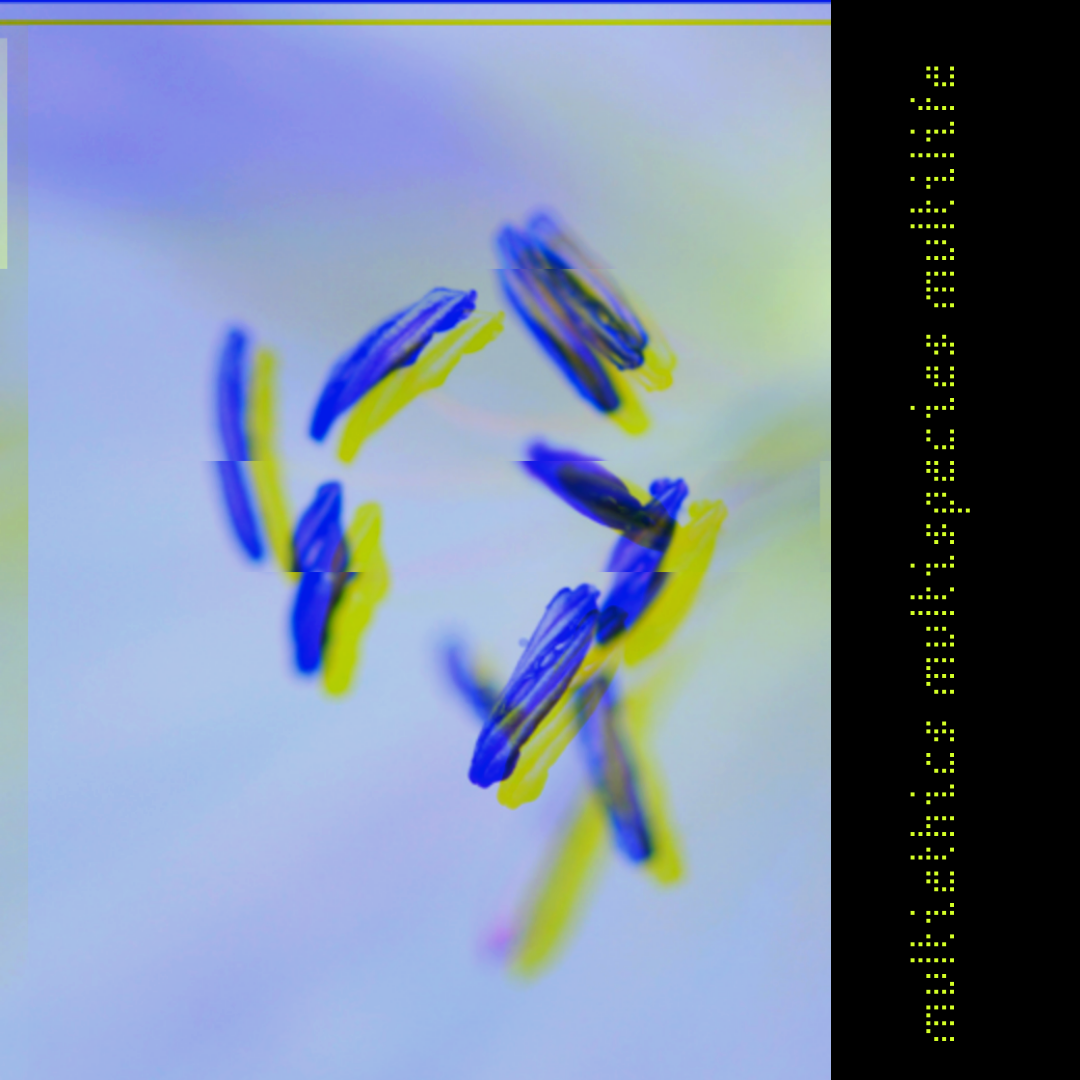
Catherine Carter
Artist Statement: Talking & Listening to Plants
I’ve been exceptionally fortunate in where and to whom I was born—to a master gardener and English teacher, my mother, and an estuarine biologist, my father, on the Eastern Shore of Maryland. Our parents had my brother and me out in the fields and woods in our earliest years, which was the genesis of maybe the best connective practice there is: going out and paying attention, not just to the charismatic megafauna or the pretty flowers, but to the tiny weeds. This beginning left me with a distaste for the word “nature” to mean what’s-not-human; it seems to imply that for good or ill, we human people aren’t nature, but something else. And that’s not true. We are creatures of earth, natural creatures. As my father, Nick Carter, often says, everything we do, everything we are, and everything we have comes from the earth—including our big, juicy, short-sighted chess-club brains. And we depend utterly on the miracle that is the foundation of every ecosystem, the photosynthesis of plants. It’s easy for me to pay attention to those foundations because I had the privilege of an ecological education which many people never get to access. Thanks, parents. And, readers, I hope you enjoy the bittercress and the willow minnows. The willow minnows are situated in the millrace at the old grist mill in Wye Mills, Maryland.
Credit: Terri Clark Photography
CATHERINE CARTER’s poetry collections include Larvae of the Nearest Stars, The Swamp Monster at Home, The Memory of Gills, and Marks of the Witch. Her work has also appeared in Best American Poetry, Orion, Poetry, Ecotone, and North American Review, among others. Catherine was raised in Greensboro, Maryland, where her parents still live. Now she lives in Cullowhee, North Carolina, and is a professor of English at Western Carolina University. Her website ishttps://catherinecarterpoetry.com .


